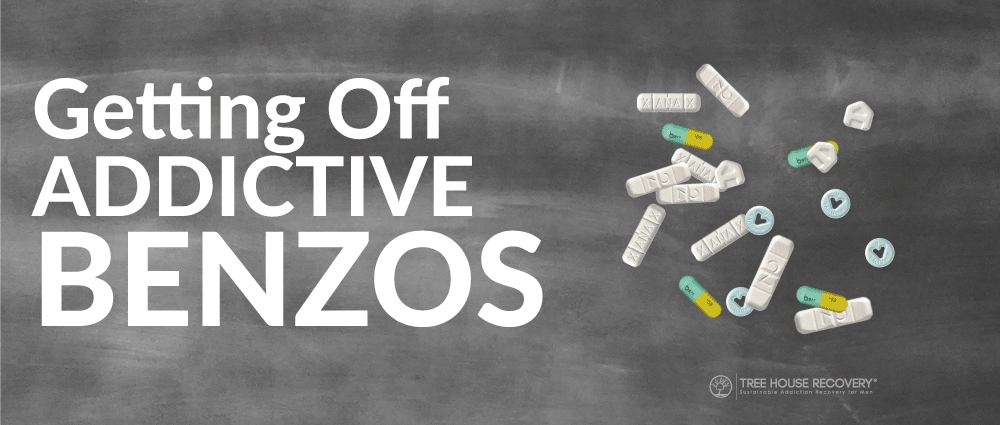
Benzodiazepine Use Disorder:
Addiction to Benzodiazepines (or benzodiazepine use disorder) is a chronic and re-occurring condition that can be treated but not cured. It begins with using benzos in ways other than directed by a doctor [1].
What are Benzos?
Benzodiazepines (commonly called “benzos”) like valium, Ativan, Xanax, Klonopin, etc work by inhibiting your central nervous system’s (CNS) ability to process information [2]. The result is a sedative or calming effect, which is why benzodiazepines are frequently prescribed for anxiety, panic, or sleep disorders.
Benzodiazepine Effects and Uses:
-
- Effect: Calming during anxiety (Anxiolytic)
- Common Use: Anxiety & Panic Disorder
-
- Effect: Creating tiredness (hypnotic)
- Common Use: Insomnia and other sleep disorder.
How do Benzodiazepines Work?
Benzos increase GABA levels, which inhibits other activity in the brain much like brakes on a car. It's part of the bodies parasympathetic nervous response which is responsible for de-escalating from stress and fight-or-flight states. Benzos create a surge of GABA, by stimulating GABA receptors and helping those receptors take in more GABA. The excess of GABA creates a calm tranquilizing effect.[3]
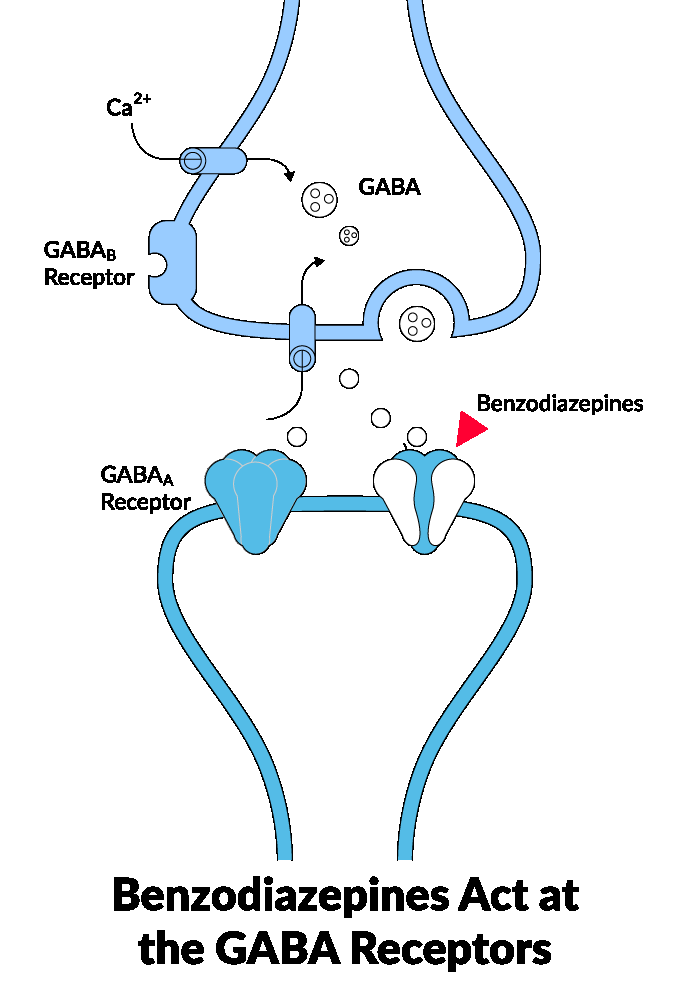
Short History of Benzodiazepines
In the 1950s, the first benzodiazepine, chlordiazepoxide became available. After ten years, chlordiazepoxide was rebranded as Librium. In 1963 a much more potent benzo called diazepam or Valium was introduced. By the end of the 1970s, benzos had mostly replaced barbiturates. They accounted for 10% of all prescriptions written in the US [3].

Are Benzodiazepines Addictive?
Yes. It is possible to become physically addicted to benzos even if you’re taking a prescription. When this happens you will feel withdrawal symptoms after you reduce or stop your dose. Although all benzos are abusable, Diazepam, alprazolam, and lorazepam are the most commonly abused benzos due to being more addictive [4].

List of Most Addictive Benzos:
- Alprazolam, Brand Name: Xanax
- Lorazepam, Brand Name: Ativan
- Diazepam, Brand Name: Valium
List of Commonly Abused Benzos:
- Alprazolam, Brand Name: Xanax
- Lorazepam, Brand Name: Ativan
- Diazepam, Brand Name: Valium
- Clonazepam, Brand Name: Klonopin
- Chlordiazepoxide, Brand Name: Librium
How Long Does Klonopin Stay in Your System?
Klonopin (clonazepam) stays in your system for weeks. Effects can last up to 5 days, Klonopin shows up on urine, blood, or hair tests for up to 1 month after a dose.
Half-life Of Klonopin:
Klonopin is the longest-lasting benzodiazepine available. It has a half-life of 30-40 hours. Half-life refers to the time it takes for the body to reduce the concentration of something by half. This means:
- 30-40 hours later your body has eliminated 50% of 100%. Leaving 50%.
- 60-80 hours later your body has eliminated 50% of the remaining 50%. Leaving 25%.
- 90-120 hours later your body has eliminated 50% of the remaining 25%. Leaving 12.5%.
- 120-160 hours later your body has eliminated 50% of the remaining 12.5%. Leaving 6.25%
** At the 3rd or 4th half-life cycle, the concentration of Klonopin is low enough that the effects disappear.
Is it dangerous to mix benzos?
Mixing benzos with alcohol and other drugs (also known as polysubstance abuse) is the most common way they are abused. When used with other drugs, Benzos are typically a secondary drug because they amplify the euphoric effects of other drugs. Or other drugs reduce the unwanted side effects of benzos, like insomnia, and withdrawal. [5]
Benzos and Opioids
Mixing benzodiazepines with drugs like opioids is very dangerous. In 2004, 18% of opioid deaths involved benzos. In 2011, opioid deaths involving benzos went up to 31%. [7]
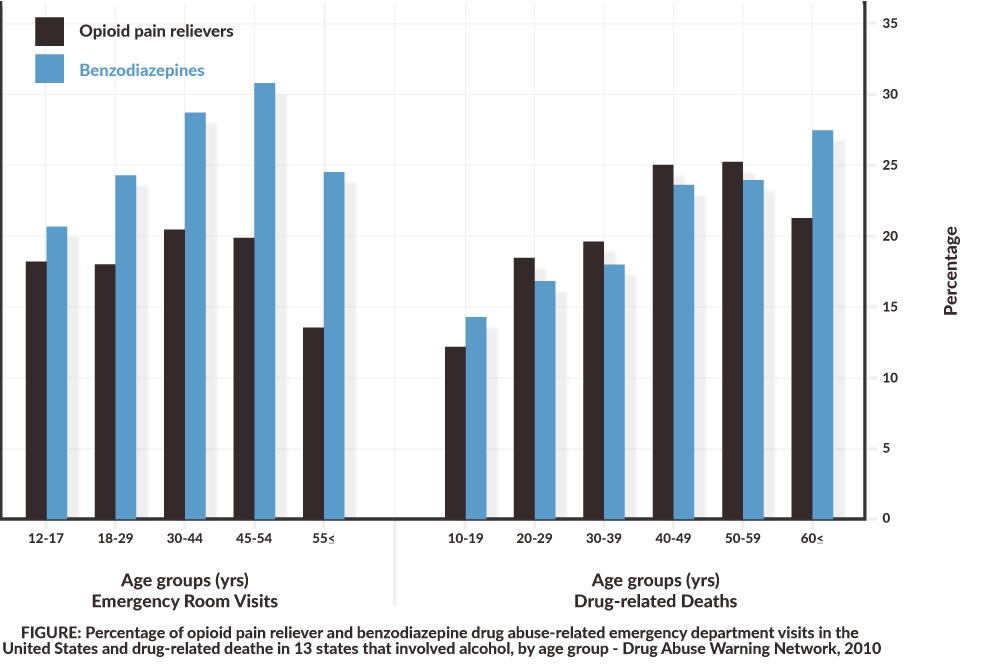
Do Benzos Cause Withdrawal?
Yes. Even if you are taking a prescription, suddenly reducing or going off of benzos can lead to physical withdrawal symptoms. Depending on the dose and how long the benzodiazepines have been used, withdrawal symptoms can range from mild to severe and even be life-threatening.
Physical withdrawal from benzos happens because the body and brain grow acclimatized to high amounts of GABA, and produces an excitatory neurotransmitter called Glutamate as a counterbalance. Now, when benzos (and the excess GABA) are removed, the surplus of Glutamate leaves your brain and body in an agitated-excited state. That’s why symptoms of benzo withdrawal are usually the opposite of the drug’s effects. Anxiety, depression, insomnia are common, and even seizures are sometimes a result of withdrawal.
In some cases where benzos have been abused for extended periods, people may experience Post-Acute-Withdrawal-Syndrome or protracted withdrawal. [8] [9] [17]
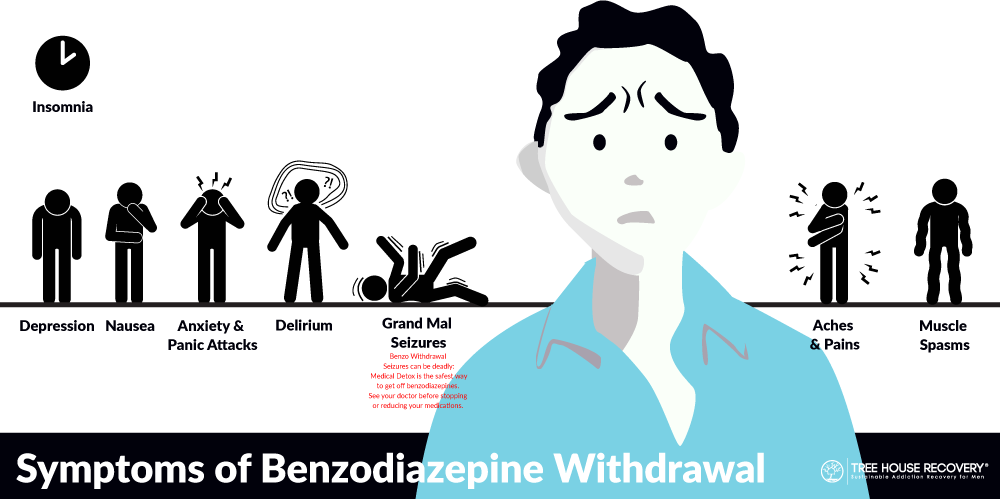
Common benzo withdrawal symptoms:
-
- Seizures (Benzo Withdrawal Seizures Can Be Deadly)
- Anxiety
- Depression
- Panic attacks
- Psychotic reactions
- Sleep disturbance
- Irritability
- Increased tension
- Hand tremor
- Sweating
- Difficulty in concentration
- Dry retching
- Nausea
- Weight loss
- Heart palpitations
- Headache
- Muscular pain
Addiction Specialist Explains
Can Benzo Withdrawal Be Deadly?
How dangerous withdrawal depends on the dose someone was taking, how often they used benzos, and for how long they used them. More extreme cases of benzo withdrawal can create life-threatening grand mal seizures [10].
If you want to stop taking benzos, you should never attempt do it cold-turky or without consulting a doctor. The safest way to stop taking benzodiazepines is at a medical detox.
The Physical, Mental and Emotional Dangers of Benzo Abuse:
Physical Effects:
List of short and long term physical effects of Benzodiazepine Abuse: [15] [16] [17]
- Weight Gain.
- Difficulty speaking
- Drowsiness.
- Clumsiness.
- Car accidents
- Slower reactions.
- Impaired balance.
- Loss of coordination.
- Anorexia
- Headaches
Mental Effects:
Short and long term mental effects of benzodiazepine abuse: [15] [16] [17]
- Showing little to no emotion.
- Decreased brain function
- Higher risk of Alzheimer’s
- Loss of memory
- Anxiety
- Insomnia
Social Effects:
The short and long term social consequences of abusing benzodiazepines include: [15] [16] [17]
- Isolation
- Less interest in social activities or hobbies
- Decreased performance in school or work
- Unemployment
- Blunted emotions
Why do people abuse benzos?
Benzodiazepines create high amounts of dopamine (a pleasure transmitter) which simulates euphoria. This euphoria is understandably appealing for people craving escape from things like trauma, mental illness, or persistent displeasure.
In addition, the hypnotic effect of benzos makes it the self-medication of choice for people with untreated anxiety, depression, panic disorder, PTSD, or things that leave them craving calm.
But self-medication very easily leads to abuse. Most people who get hooked are not trying to abuse the drug at all. All it takes is taking them on a consistent basis for 3 weeks before physical dependency begins. Once physical dependency sets in, people will withdraw from benzos if they stop. So they may begin drug-seeking behaviors if they run out [17]
Treatment for Benzo Use Disorder:
Treatment for benzodiazepine use disorder often begins with a loved one intervening to discuss the habit. To safely get off benzos after an intervention, a person needs a medical detox followed by a long-term rehabilitation program.
1. Intervention:
Speaking to a loved one about suspected substance use is stressful, but it may be the difference between them getting help or not. For help you can consult with professional interventionists, get resources from Al-Anon, or give us a call.
2. Medical Detox:
Detox happens while your body overcomes its physical dependence to benzodiazepines. A medical detox provides a safe monitored environment to keep you comfortable as your body and brain begin to rebalance. Without medical detox, benzo withdrawal can lead to dangerous seizures.
Things that put someone at risk for fatal seizures are: [10]
-
- You have taken benzodiazepines for more than 6 months.
- Quitting all at once or “going cold turkey.”
- You take high doses of benzos (above prescribed amounts).
- You are also a heavy drinker or user of opiates.
In a medically supervised detox, medical professionals will prescribe a taper where patients are given smaller and smaller doses of a drug to help wean them off the drug. In addition to reducing the risk of seizures and other alarming symptoms like hallucinations, a taper also makes detox less painful. [21]
3. Rehab:
PHP care:
Provides a sober living residence within the facility, 24-hour care, and a variety of treatment programs such as counseling, group therapy, coping skills, and relapse prevention. Programs often confiscate cell phones for the duration of the stay and require semi-frequent drug tests. For those with severe or long term, high level of care like PHP is always recommended. [20]
Once in treatment, several additional things can help bring benzo addiction into remission:
- Eating healthy to nourish the body and brain properly.
- Engaging in physical activity to promote self-esteem as well as help normalize brain function.
- Forming a support group for use throughout the individual’s life.
- Identifying and make peace with any past traumatic events.
- Unmasking the source of their anxiety that drives them towards sedatives like benzos.
- Practicing coping tools for stress, anxiety, or panic until they become second nature.
Outpatient care:
Provides the same treatment as inpatient programs, but requires less time in recovery. Participants also live off the premises. Short-term drug users or those who don’t use heavy narcotics can make a full recovery in outpatient care. [20]
Aftercare:
Sobriety is a lifelong process, and finishing rehab is only the beginning. For you to avoid relapse, you need to use what you’ve learned in treatment and maintain healthy habits. This includes:
Take the next steps today
If you or a loved one is ready to start their recovery from benzodiazepines call us. We can help set up a detox and begin coordinating your care.
For more info: See reviews from former patients, our success rates, read about our staff, or look at our facilities.
Disclaimer:
No content on this website should ever be used as a substitution for direct medical care and advice from qualified physician clinician.
Important info when getting sober:
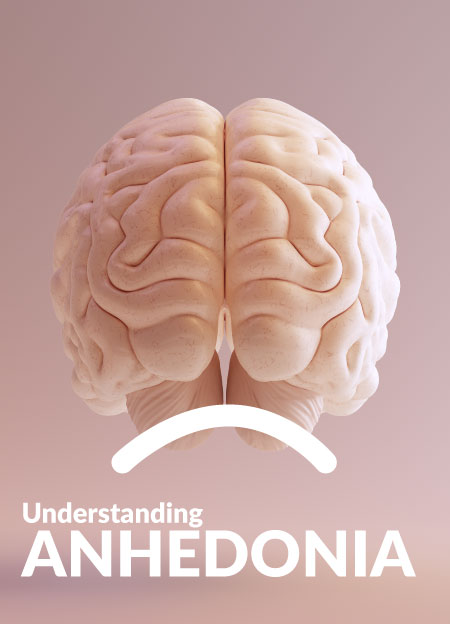
ANHEDONIA | The Feeling of Blahhhh
Do you feel a lack of joy when you do things that should give you pleasure? Lean About Anhedonia in Early Recovery
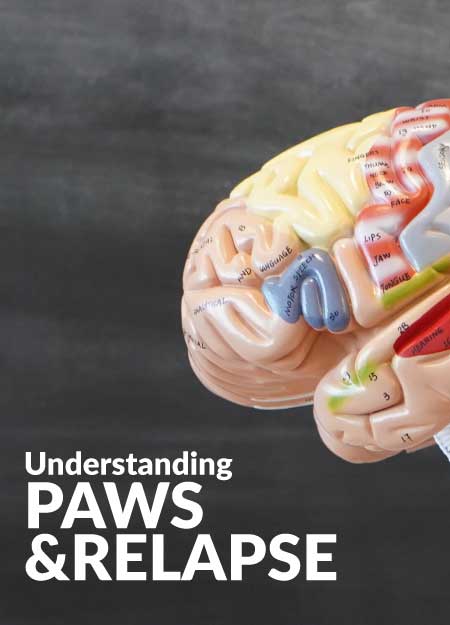
POST ACUTE WITHDRAWAL | PAWS
Got sober and now you feel depressed, irritable and some anxiety? It could be PAWS; a common and temporary condition as your brain and body heal.
